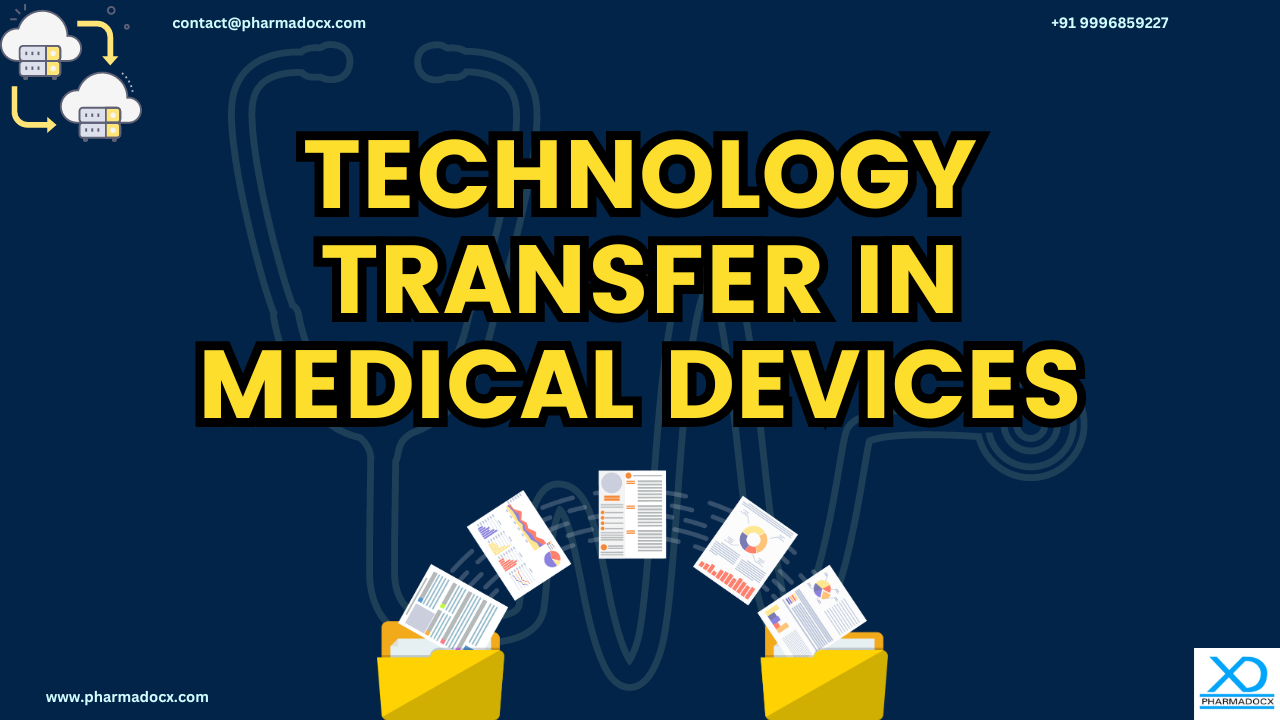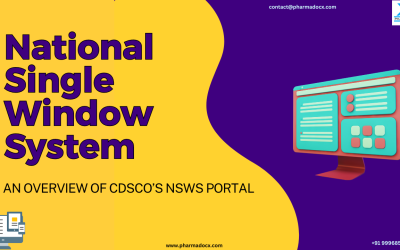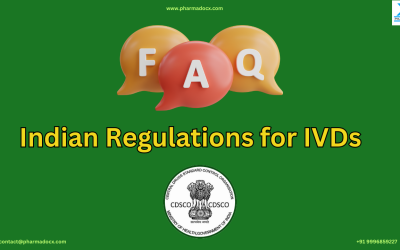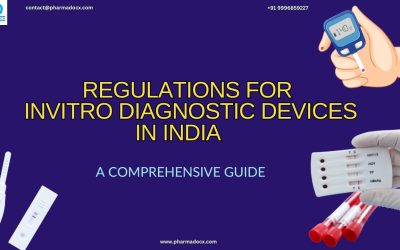The Indian medical devices industry is dynamic and evolving. India is witnessing an increasing demand for technologically advanced novel medical devices. Technology transfer increases local production, thereby increasing access to advanced medical devices. Medical devices technology transfer fosters global collaboration. This helps exchange ideas and innovation for the greater good of the medical devices industry worldwide. Technology transfer helps commercialize innovative ideas and devices with the potential to serve patient’s needs. This blog presents technology transfer in medical devices and highlights the need for it.
What is technology transfer?
New products and technologies are being constantly developed at rapid rates. With intense global competition, technologies are being updated at a phenomenal rate for companies to stay in market. Market leaders will lose to their competitors, if they do not constantly introduce new products and advanced technologies. Companies usually follow two paths, internal research or technology transfer, to sell new products and advanced technologies. The company can internally develop products through research and development or they can purchase new technologies by “technology transfer”.
Technology transfer is the process of transferring technology from external sources to a company. This technology will be used as is or in combination with existing internal technology to develop and sell new products. The organisation can obtain the technology from external sources via acquisition, joint venture, or license agreements. Technology transfer has many advantages. For example, the time and cost of developing new products can be saved. Also, the outcome of internal product development is uncertain and requires trial and error. Whereas acquiring a technology that has already been tried and tested is beneficial for the company. Technology transfer is also useful for low-income countries with research and development barriers. This can help them sell new and advanced products in spite of not having the infrastructure to develop them.
Additionally, the technology transfer can be done between research or academic institutes and manufacturing companies. Promising technologies with commercial potential developed in research organisations can be marketed by manufacturing companies.
The receiving party must devise a plan to integrate the technology into their manufacturing facility. This will enable the receiver to operate it and supply it to the market. The receiver must identify and acquire critical knowledge and information from individuals working in the transferring site and transfer it to the receiving site.
Common challenges faced while transferring technology
The process of technology transfer comes with its own set of challenges. The process can be affected by factors, such as the technology type, stage the technology is in, absorptive capacity of the receiver, and geographic distance and cultural differences between the two parties. Also, the supplier availability, target customers, and competitors may affect the process.
Technology transfer in medical devices
The medical devices industry is rapidly evolving with the increasing demand for new and advanced technologies. Increase in awareness regarding preventive healthcare and early diagnosis is one of the factors fuelling this demand. Medical devices technology transfer fosters a collaborative environment to meet the demands of the industry. Technology transfer in medical devices enhances the production of high quality and advanced products. Low- and middle-income countries face infrastructural and resource barriers while developing new medical devices. They may fail to meet the medical device demands of their country. Medical devices technology transfer goes a long way in helping these countries cater to their internal demands.
Technology transfer in medical devices helps transition research breakthroughs and innovations into commercially viable products. This process can help patients get access to advance and novel medical devices. The technology transfer increases local production, thus increasing accessibility. The process includes the transfer of various components, such as intellectual property, design, manufacturing procedure, and necessary regulatory documents. In the medical device industry, the collaboration may occur between two companies or between academic/research organizations and medical device manufacturers.
Phases of medical devices technology transfer
Technology transfer in medical devices usually has the following three basic steps:
- Preparation
- Installation
- Utilization
For the collaboration between research organisations and manufacturing companies, certain additional steps are involved. This collaboration helps transition an innovation into a commercial product.
The transition has the following steps:
- Research and development of a novel medical device
- Disclosure of invention
- Market evaluation
- Protection of intellectual property rights with the help of patents
- Assessment of the commercial viability of the product
- Licensing agreements and application for licenses
- Promotion and commercialization of the novel medical device
The need for technology transfer in medical devices industry
Technology transfer in medical devices industry drives innovation, market expansion, and cost savings as well as fosters a collaborative environment.
- Time and cost for developing new products can be saved: Developing new technologies and products is time consuming and arduous. Technology transfer is cost-effective. It can help manufacturers utilise the technology already developed and tested. This can enable manufacturers to focus on manufacturing, marketing, and selling the product instead of spending resources on research.
- Fosters a collaborative environment: Technology transfer enables the exchange of innovations, best practices, and resources on a global scale. This facilitates easy access and development of medical devices.
- Diversification and market expansion: By acquiring technologies developed by others, the company can diversify the products they offer. The expanded product portfolio can help address unmet medical needs. Thus, manufacturers can increase their market presence.
- Pooling of expertise: Manufacturers can pool the expertise of research institutions, academia, and industry by collaborating with different parties.
- Acceleration of innovation: Technology transfer accelerates research and development by fuelling the transition of innovations into commercial products. This process enables groundbreaking technologies to reach patients. It speeds up the transition from concept to commercialization.
- Improvement in quality: The transfer facilitates improvement in the quality and performance of medical devices. By gaining access to advanced technologies, manufacturing processes, materials, and design, companies can produce superior quality medical devices.
Regulatory compliance in medical devices technology transfer
To market medical devices in India, compliance with the CDCSO regulatory guidelines is mandatory. CDSCO has formulated stringent regulatory criteria and requirements to ensure the safety, efficacy, and quality of medical devices. Even for medical devices technology transfer, companies need to abide by CDSCO regulatory guidelines to mitigate potential threat to the Indian healthcare system. The key factors to consider for regulatory compliance:
- Manufacturing process: Technology transfer may involve transferring the medical device manufacturing procedure from one facility to another. Thus, it is essential to ensure consistency, scalability, and compliance with applicable regulatory guidelines.
- Design documentation and control: Maintaining proper design control and documentation will ensure the safety and effectiveness of medical devices. Design inputs, outputs, verification, validation, and risk management should be properly recorded.
- Quality management systems: Robust quality management systems ensure safe, effective, and reliable medical devices are consistently delivered. Compliance with standards, such as ISO 13485, demonstrates the manufacturer’s regulatory commitments.
- Medical device post-market surveillance: Comprehensive plans for post-market surveillance and adverse event response are required. Post-market surveillance involves continuous monitoring of medical devices to identify and address any safety or performance concerns. This is usually done after releasing the medical device in the market.
Hence, regulatory compliance is vital even for technology transfer in medical devices.
Pharmadocx Consultants: Your trusted regulatory partner
Technology transfer in medical devices warrants CDCSO regulatory compliance. Understanding the CDCSO regulatory guidelines and requirements can be overwhelming. We at Pharmadocx Consultants are committed to simplify the CDSCO medical device registration and licensing process. This process is the first step for setting up medical device companies in India. Let us help you obtain the CDSCO registration. Email us at [email protected] or call/Whatsapp on 9996859227 and make us your trusted CDSCO regulatory partner.





0 Comments